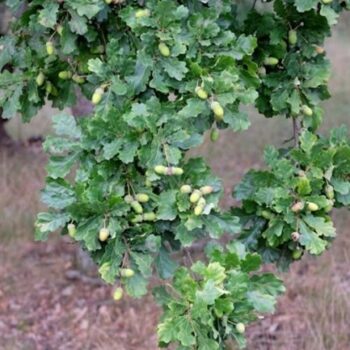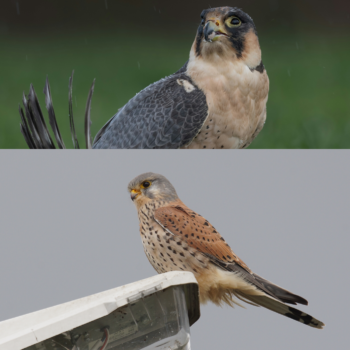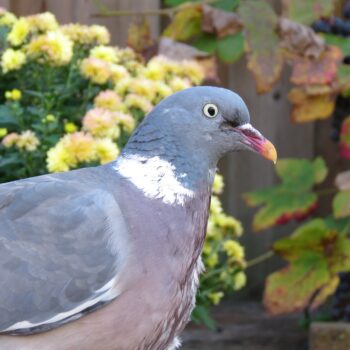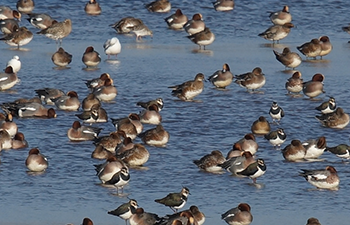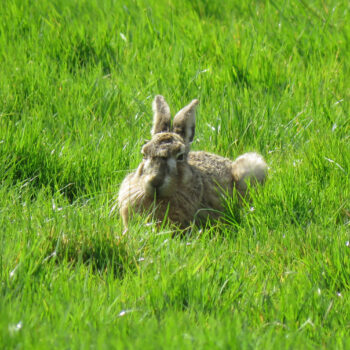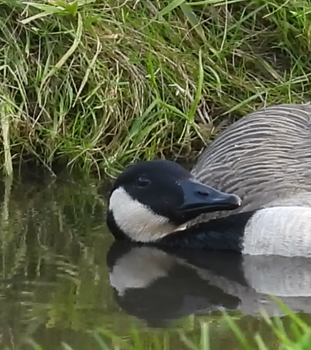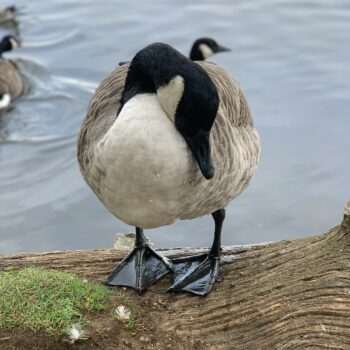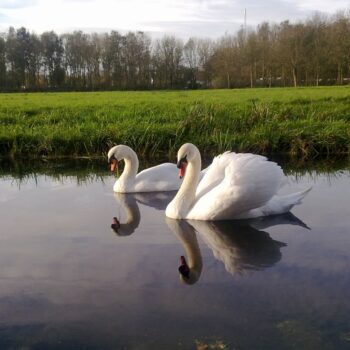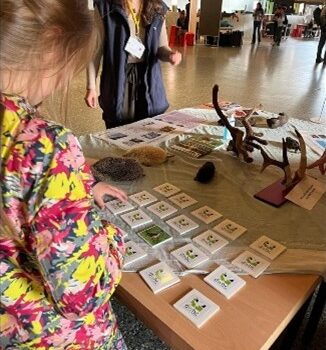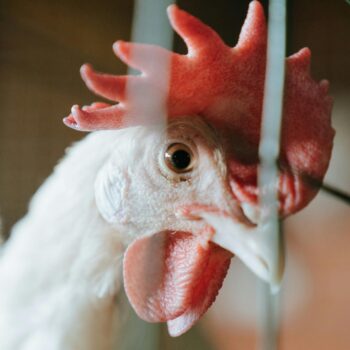Red deer with intoxication caused by acorns
In late September, a Red Deer (Cervus elaphus) was found in National Park De Hoge Veluwe. The animal laid on the ground and stayed there even when a person approached closer. Eventually the deer was shot and killed. The person who reported the animal to us, a game warden for the area, explains how they discovered
Read more



